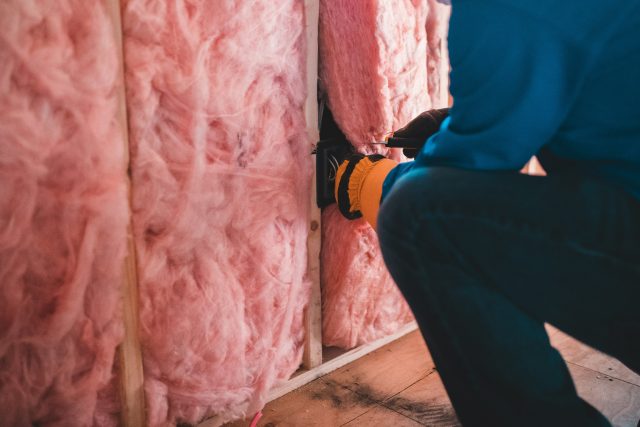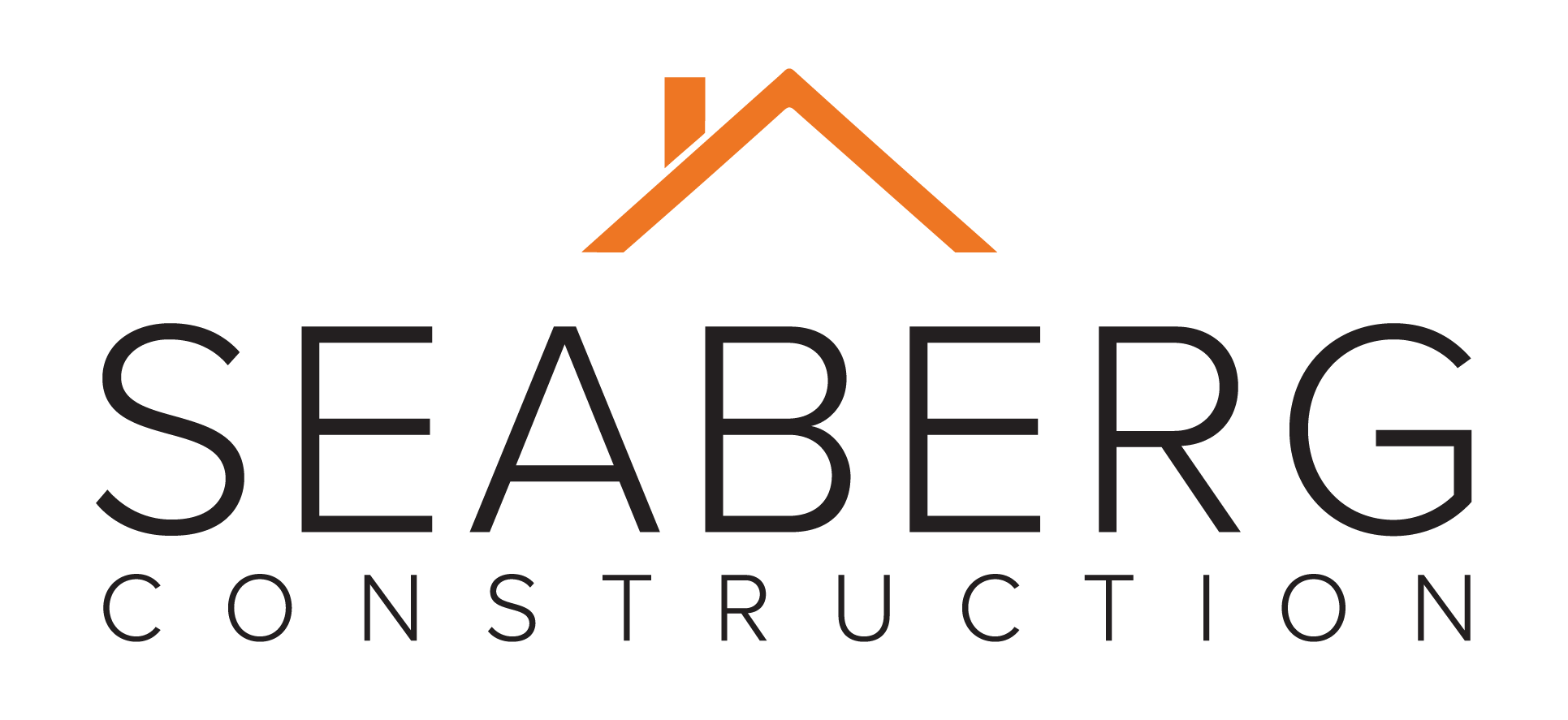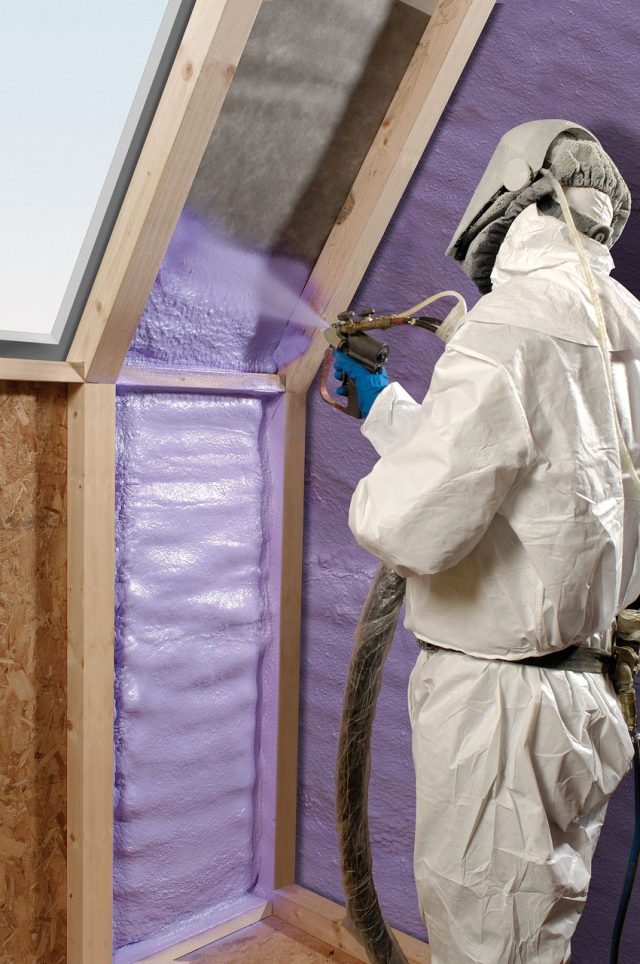You’ll hear contractors, architects, builders, and others talk about “R-value” but what is it? In the residential construction industry, the term “R-value” is a key concept related to thermal insulation. It measures the effectiveness of insulation in resisting the flow of heat. The higher the R-value, the better the insulation’s ability to keep heat from escaping or entering a home. Understanding R-value is essential for homeowners who want to improve a home’s energy efficiency and comfort.
What is R-Value?
The R-value is a measure of thermal resistance used in the building and construction industry. It quantifies how well a material insulates against heat transfer. R-values are often applied to various construction materials, including:
- Insulation: The most common use of R-value, insulation materials like fiberglass, cellulose, foam board, and spray foam, all have different R-values.
- Windows and Doors: Windows and doors can also have an R-value, which refers to the ability of the window or door to prevent heat loss.
- Walls, Floors, and Ceilings: The R-value of walls, floors, and ceilings can be affected by the materials used in their construction.
How is R-Value Calculated?
R-value is calculated using the formula:
𝑅=1𝑈
Where:
- R is the R-value.
- U is the thermal conductivity of the material, known as the U-factor.
Essentially, the R-value is the inverse of the U-factor, which is a measure of the rate of heat transfer through a material. Thus, the lower the U-factor, the higher the R-value and the better the insulating performance.
Let’s consider a scenario where we want to calculate the R-value of a layer of insulation. For this example, let’s assume we have a piece of foam board insulation with a thickness of 2 inches.
Given Data:
- Thickness of Insulation: 2 inches
- R-value per inch of Insulation: R-5 (typical for foam board insulation)
Calculation:
The R-value of the insulation can be calculated by multiplying the thickness of the insulation by its R-value per inch.
𝑅insulation = Thickness of Insulation × R-value per inch
Plugging in the given values:
𝑅insulation = 2 inches × 𝑅−5
𝑅insulation = 2 × 5
𝑅insulation
Result:
The R-value of the insulation is 10.
This means that the foam board insulation with a thickness of 2 inches provides resistance equivalent to an R-value of 10. This value represents the insulation’s ability to resist the flow of heat through it. Keep in mind that in real-world applications, multiple layers of insulation or other building materials contribute to the overall R-value of a wall, floor, or ceiling assembly.
Importance of R-Value in Residential Construction
The R-value is an important consideration in residential construction for several reasons:
- Energy Efficiency: Higher R-values mean better insulation and less energy needed for heating and cooling. This can lead to significant energy savings over time.
- Comfort: A well-insulated home with high R-values keeps the indoor environment comfortable by minimizing temperature fluctuations and drafts.
- Sustainability: Energy-efficient homes reduce the consumption of fossil fuels and carbon emissions, making them more environmentally friendly.
- Cost Savings: By lowering energy consumption, homeowners can save money on utility bills.
R-Value Recommendations for Residential Construction
Building codes and energy efficiency standards provide recommendations for R-values in different parts of a home, depending on the climate and location. These recommendations are often based on climate zones and specify R-values for:
- Walls: Typically, exterior walls require insulation with R-values between R-13 and R-23, depending on the climate zone.
- Ceilings/Attics: Attic insulation is crucial for energy efficiency, with recommended R-values between R-30 and R-60.
- Floors: Insulating floors over unconditioned spaces can require R-values of around R-19 or more, depending on the climate zone.

Materials with High R-Values
Several materials commonly used in residential construction have high R-values:
- Fiberglass Batts: Fiberglass batts are one of the most common types of insulation, with R-values typically ranging from R-2.9 to R-3.8 per inch.
- Spray Foam: Spray foam insulation can offer high R-values of up to R-6.5 per inch for open-cell foam and R-6.5 to R-7 per inch for closed-cell foam.
- Cellulose: Cellulose insulation has an R-value of approximately R-3.2 to R-3.8 per inch, depending on the density.
- Foam Board: Foam board insulation, such as expanded polystyrene (EPS) and extruded polystyrene (XPS), offers R-values ranging from R-3.6 to R-5 per inch.
Strategies for Improving R-Values
To enhance the energy efficiency of a home, consider the following strategies:
- Maximize Insulation: Use high R-value insulation in walls, ceilings, and floors. Ensure that all gaps and cracks are sealed to prevent air leaks.
- Upgrade Windows and Doors: Choose energy-efficient windows and doors with higher R-values or lower U-factors.
- Use Thermal Breaks: In metal framing, consider using thermal breaks to minimize heat transfer.
- Proper Installation: Proper installation of insulation and other building materials is crucial for achieving the desired R-value and overall energy efficiency.
Conclusion
R-value plays a critical role in residential construction by impacting energy efficiency, comfort, and cost savings. Builders and homeowners should strive to use materials with higher R-values and follow recommended guidelines based on climate zones for optimal performance. With the right insulation strategies, homes can be made more energy-efficient and comfortable, contributing to a more sustainable future.
To obtain your complimentary home improvement estimate from Seaberg Construction, please complete the form available on our website: https://seabergconstruction.com/about-us-roofing-company/contact-us/
Read Seaberg Construction’s Google reviews left by homeowners like yourself: https://tinyurl.com/kkxwhx8k
Follow us on Facebook: www.facebook.com/seabergconstruction and Instagram: www.instagram.com/seabergconstruction to stay up-to-date with our current projects and news.
To obtain your complimentary estimate from Seaberg Construction, please complete the form available on our website: https://seabergconstruction.com/about-us-roofing-company/contact-us/
And, don’t forget to read our other blog posts for more home improvement tips and ideas: http://seabergconstruction.com/home-owners-information-center/





